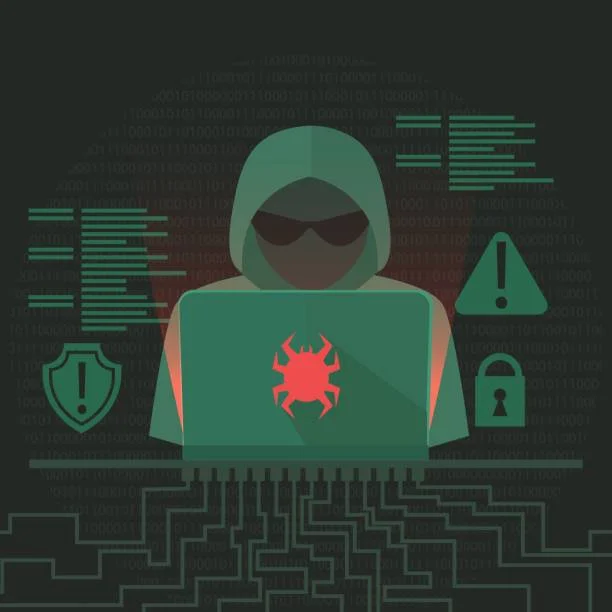-
Earn real money by being active: Hello Guest, earn real money by simply being active on the forum — post quality content, get reactions, and help the community. Once you reach the minimum credit amount, you’ll be able to withdraw your balance directly. Learn how it works.
HTDark - Hack Tools Dark
Hack Tools Dark Official Blog










